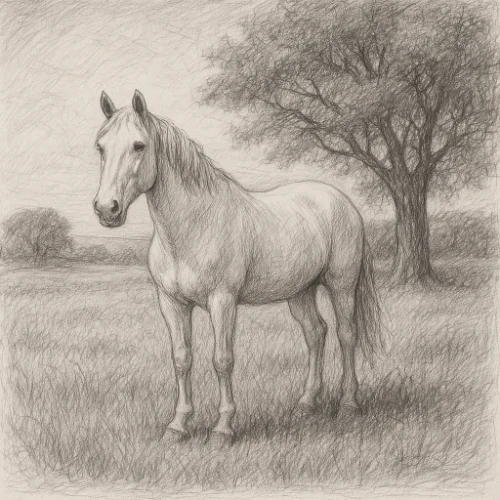16 ChatGPT Generative AI Image Techniques and Style Prompts for Hand Drawn Sketching
Below you'll find some great examples of the different AI style sketches you can produce with ChatGPT AI image generation by using the highlighted bold prompt styles.
Prompt: create a gesture drawing style sketch of a white horse in a grassy field with a tree wide angle view in 1:1 ratio
Gesture Drawing
Fast, loose sketches that capture the basic action, posture, and flow of a subject—often done in under 30 seconds to loosen your hand and “feel” the pose.

Contour Drawing
Focuses on the outline and major edges of a form. By following the subject’s contours, you train your eye to see subtle shifts in shape.
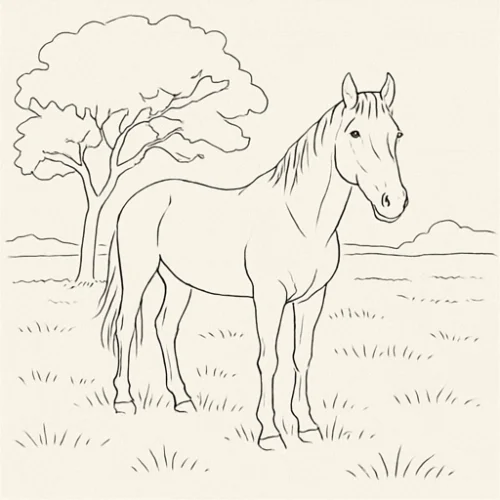
Blind Contour Drawing
You draw the subject in one continuous line without looking at your paper. Great for sharpening observational skills and hand-eye coordination.
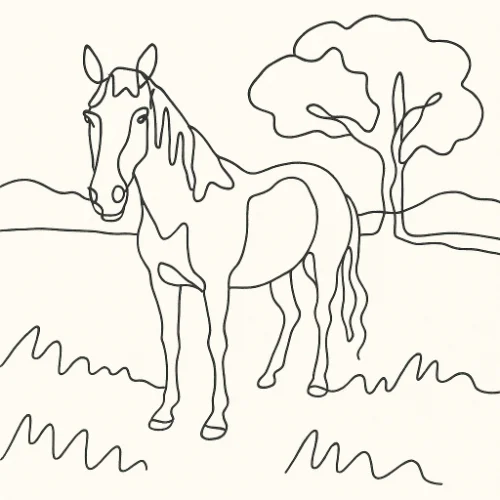
Structural Drawing
Breaks complex forms into simple geometric primitives (cubes, spheres, cylinders). Emphasizes underlying construction over surface detail.

Cross-Contour Drawing
Uses lines that wrap around the form (like latitude/longitude on a globe) to describe volume and three-dimensionality.
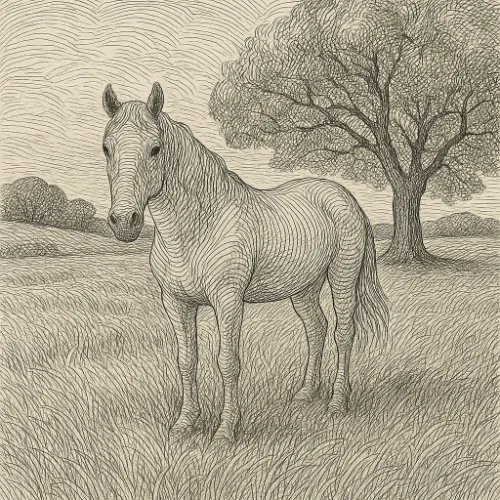
Hatching
Evenly spaced parallel lines to suggest value and texture. Direction, density, and length can be varied to model form.
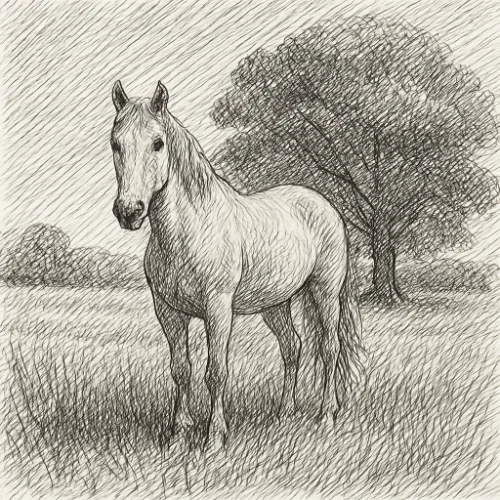
Cross-Hatching
Layers of hatching at different angles to build up darker tones and richer textures.

Stippling
Uses dots (rather than lines) to create tone. Closer dots produce darker values, more spread-out dots yield lights.
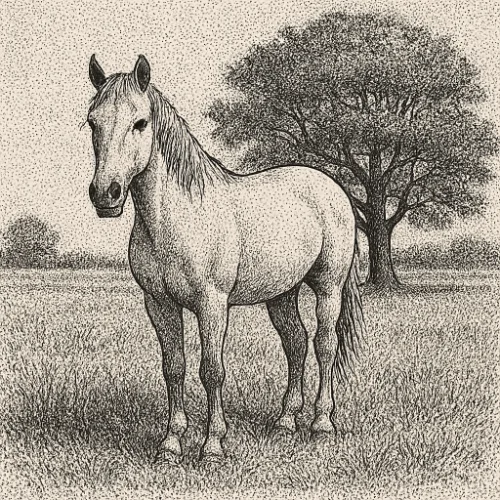
Scribble Sketching
Overlapping, energetic scribbles to block in masses of tone and texture quickly—ideal for rough studies.
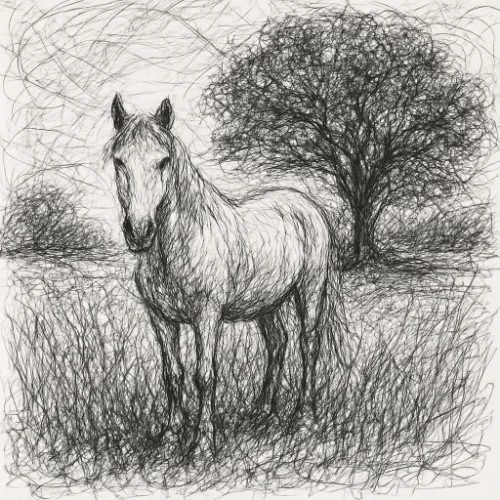
Tonal/Shaded Sketching
Smooth transitions of light and dark achieved by blending graphite, charcoal, or chalk to create realistic volume.

Chiaroscuro
Dramatic, high-contrast interplay of light and shadow to give strong three-dimensional form (literally “light-dark” in Italian).

Silhouette Sketching
Rendering only the solid outline (filled in as a dark shape) to emphasize overall form and composition without interior detail.

Perspective Sketching
Incorporates one-, two-, or three-point perspective to accurately depict spatial depth and foreshortening.
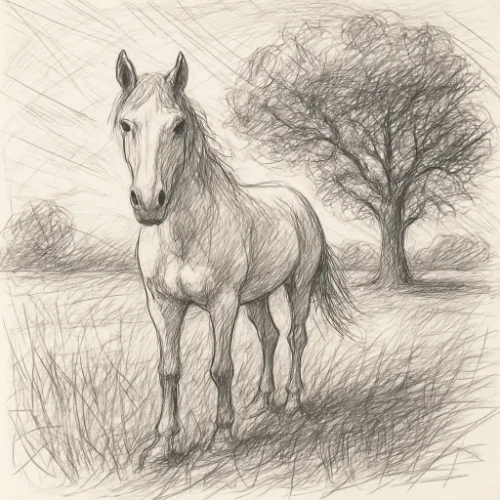
Architectural/Technical Sketching
Precise, measured drawings—often with straightedges or templates—used to convey scale, construction details, and orthographic views.
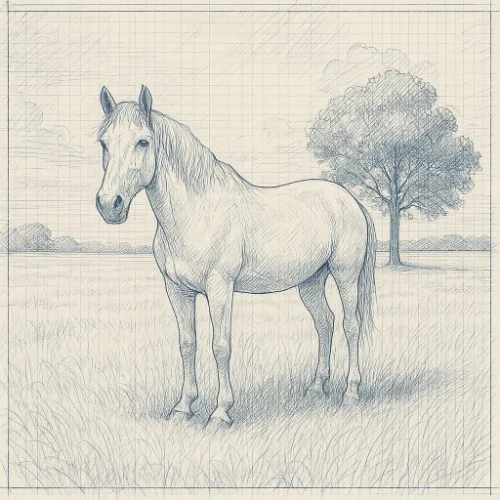
Figure Drawing (Life Drawing)
Observational studies of the human form—focusing on anatomy, proportion, gesture, and weight distribution.
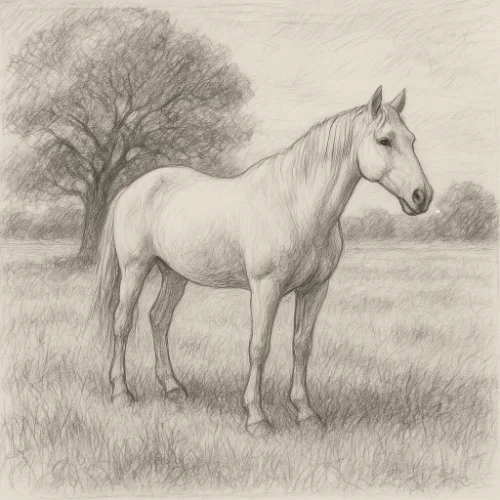
Still-Life Sketching
Careful observational drawing of inanimate objects (fruit, bottles, fabrics, etc.) to practice composition, lighting, and material rendering.
